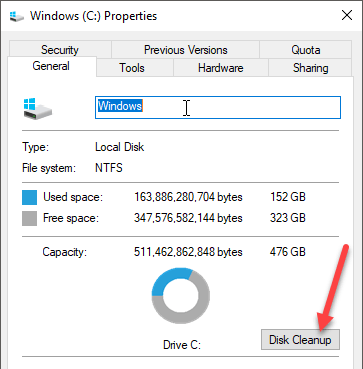

And if you want to delete system files, such as the Windows.old folder (which holds your previous installations of Windows, and can be several gigabytes in size), click Clean up system files. Select the file types you want to delete - from Downloaded Program Files to Thumbnails - and hit OK. If you're unclear about what files are included for each item listed, click the View Files button to check before proceeded. You can find Disk Cleanup in the Start menu under Windows Administrative Tools > Disk Cleanup or you can just search for it. But, if your computer isn’t running properly, deleting some of.

For the most part, the items in Disk Cleanup are safe to delete. But some thingslike Windows ESD Installation Files on Windows 10probably shouldn’t be removed. Windows has a built-in disk cleanup utility, aptly named Disk Cleanup, which can help you clear up space by removing various files - including temporary internet files, system error memory dump files and even previous Windows installations that may still be hanging around. The Disk Cleanup tool included with Windows can quickly erase various system files and free up disk space. You will see a warning pop-up asking if you are sure you want to permanently delete your Recycle Bin items. Related: 9 Ways to Clean Up Windows 10 With Disk Cleanup Cmd’s. To empty the Recycle Bin, go to your desktop, right-click on the Recycle Bin and click Empty Recycle Bin. Instead, they sit in the Recycle Bin and continue to take up valuable hard-drive space. When you delete items, like files and photos, from your PC, they don't immediately get deleted.


 0 kommentar(er)
0 kommentar(er)
